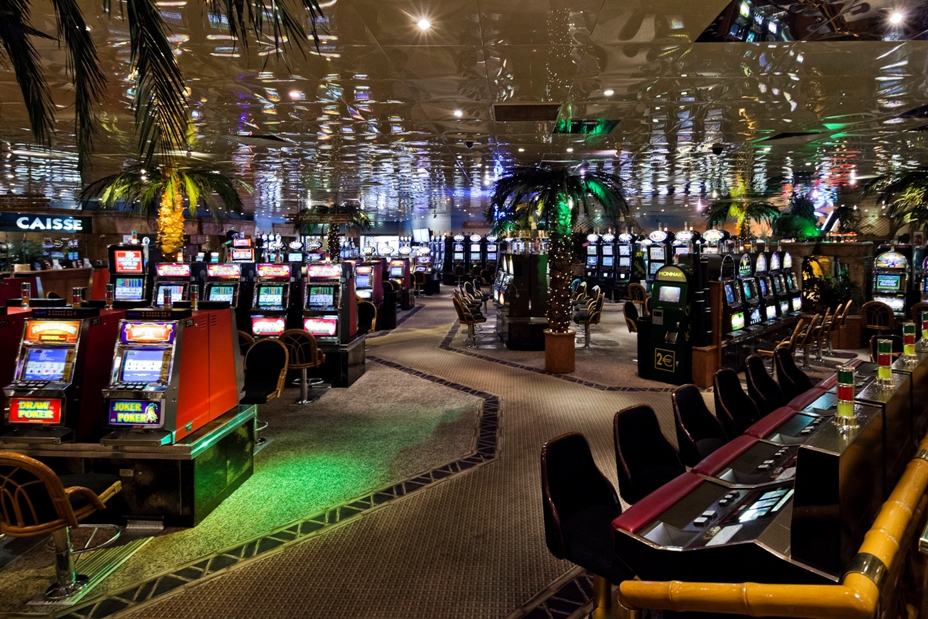
Casino games have long captivated people’s attention, drawing gamblers into a world filled with fortune, tactics, and the allure of adventure. Each experience is painstakingly crafted not just for entertainment, but also to inspire particular emotional responses that keep participants immersed and interested. Understanding the reasons behind these designs reveals much about how behavioral psychology plays a vital role in the gaming experience.
From the dazzling lights and dynamic sounds to the complex layering of rules and rewards, casino games are designed to create an atmosphere of thrill and anticipation. Game designers leverage mental cues to influence gambler behavior, whether through the use of big prizes, almost wins, or social interactivity. By examining these elements, we can better appreciate how casino games fulfill not just a want for entertainment, but more profound psychological needs for thrill and hazard.
Understanding Player Actions
Casino games are crafted with a profound grasp of player psyche, which is crucial for drawing in and retaining players. The thrill of the game, alongside the expectation of winning, creates a powerful allure. Game designers make use of elements like audio cues, dynamic graphics, and immersive gameplay to capture attention and generate emotional responses. These sensory effects enhance the total environment, making players feel more involved in the game.
Another notable aspect of player behavior is the concept of risk versus reward. Casino games often manage high-stakes situations with the potential for significant rewards, which can result in the event known as near-miss effect. When players come close to winning, the brain releases dopamine, strengthening their behavior and motivating them to keep playing in quest of that elusive win. This cycle of hope and disappointment plays a critical role in how games are designed and marketed.
Lastly, community aspects also play a central role in player behavior at casinos. Many games are designed to be played in teams or alongside other players, nurturing a sense of community and collective experience. tỷ lệ bóng đá nét The social interaction inherent in games like poker enhances enjoyment and can lead to prolonged gaming periods. Designers take advantage on this by crafting environments that prompt players to stay, interact, and revisit, making the overall casino experience more inviting.
The Role of Visuals and Audio
Visuals and audio play a crucial role in enhancing the gambler’s experience within gambling games. Designers utilize vibrant colors, eye-catching graphics, and captivating animations to attract players’ attention and hold their focus. The use of motifs, such as exploration or luxury, helps create an enthralling atmosphere that takes players into a different world. By appealing to the senses, these elements add to a heightened emotional response, prompting players to interact more profoundly with the games.
Sound design is just as important in reinforcing the overall experience of casino games. The mix of background music, audio effects for successful combinations, and ambient noises creates an sound landscape that holds players fascinated. Sounds associated with wins, such as ringing bells or festive music, evoke feelings of thrill and reward, prompting players to continue playing. These sound cues are strategically placed to enhance the excitement of the game and create a more engaging experience.
Additionally, the alignment of imagery and sound is important for reinforcing the game’s overall theme and atmosphere. kèo bóng đá nét Each element should coordinate harmoniously to create a cohesive experience that draws players in. The effective use of this synergy not only enhances user enjoyment but also increases the likelihood of repeat play, as players become more invested in the immersive world that the gambling games offer. This thoughtful combination of visuals and audio ultimately enhances player engagement and loyalty.
Reward Systems and Engagement
The creation of casino experiences heavily depends on reward systems to keep participants involved and coming back for additional experiences. These structures are rooted in psychological principles that exploit human behavior and desire. Participants are often motivated by the thrill of success, which is supported by immediate responses through the game structure’s design. This prompt satisfaction not just improves the gaming experience but also fosters a sense of success, encouraging participants to keep playing in hopes of bigger rewards.
Gaming establishments implement various incentive systems, including jackpots, extra rewards, and increased rewards, to captivate players. These elements create a level of excitement that maintains interest. Additionally, the randomness of outcomes plays a crucial role in sustaining attention. The intermittent reinforcement schedule, where wins are random but happen often enough, keeps players on edge and driven to keep playing. This cycle of hope and expectation is foundational to the success of gambling experiences.
Moreover, social elements, such as competitive events and collaborative options, boost the engagement factor by tapping into the competitive nature of players. The shared experience of playing with others can intensify the excitement of success and create a sense of community within the casino. By integrating these social dynamics with efficient reward systems, casino games not only offer entertainment but also foster a stronger connection among participants, reinforcing their loyalty to the gaming experience.
